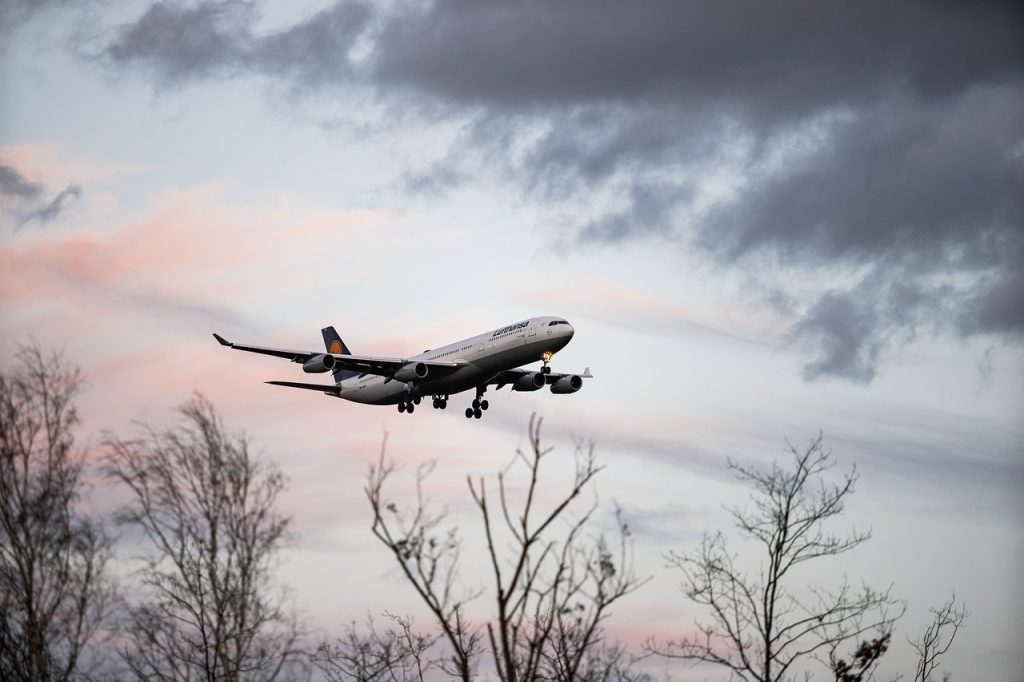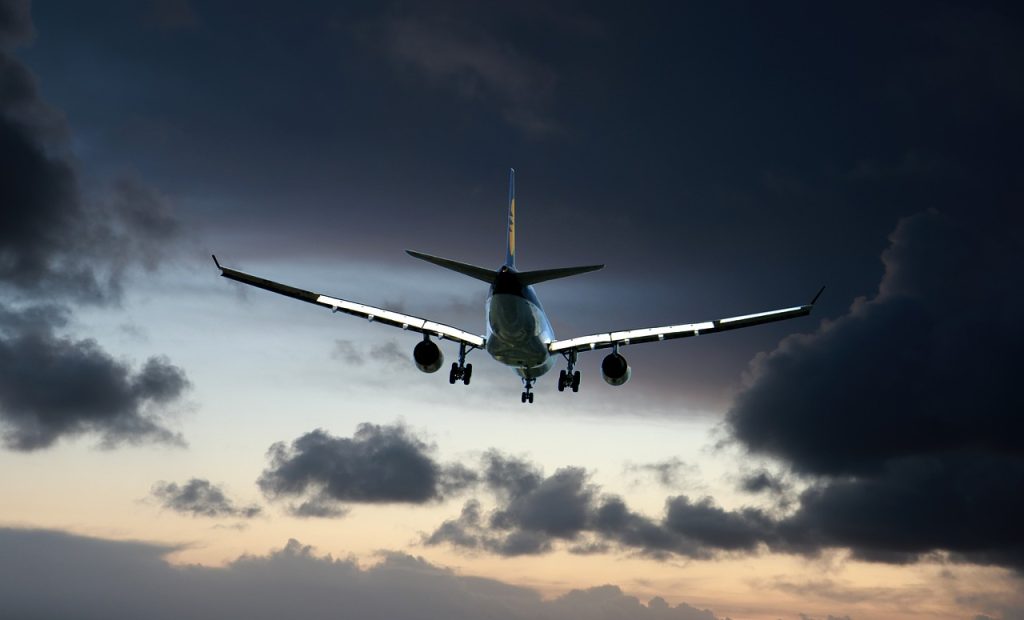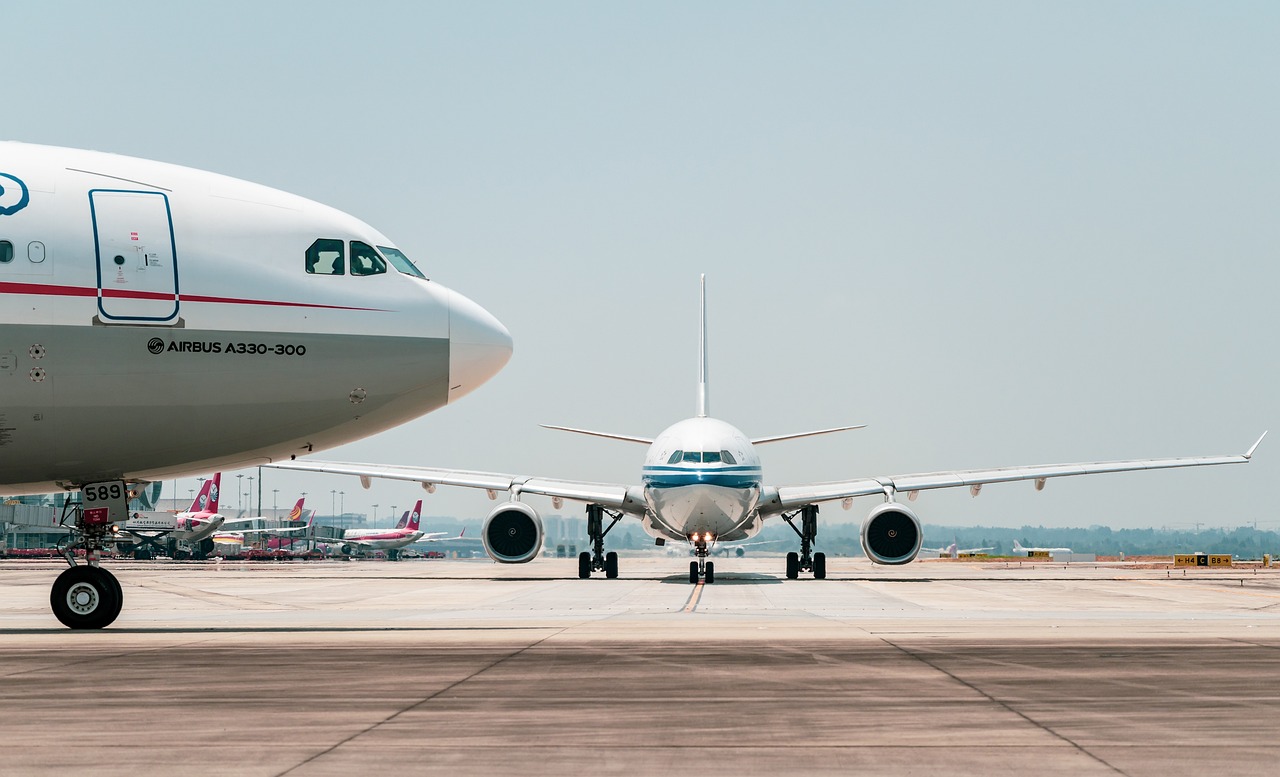Digitalization has its influences on all spheres. It created lots of new possibilities and solved lots of new problems. After answering one question we have another question. The logistics supply chain was also influenced and developed. the work became easier but more stressful as you need to know everything. To keep yourself calm the best option is to relax using the National Online Casino. Enjoy being toned all the time!
The aviation industry has come a long way in the last century. What started as a Wright brothers’ experiment has now transformed into a multi-billion dollar industry, with airplanes crisscrossing the globe on a daily basis. The technology used in aviation has also undergone a sea change, with newer and more efficient aircraft being introduced on a regular basis. In this article, we take a look at some of the latest technological developments in the aviation sphere.
Airbus

One of the most significant developments in recent times has been the introduction of the Airbus A350-900. This is a long-range, twin-engine wide-body jet airliner, which made its maiden flight in 2013. The A350 is notable for being the first Airbus aircraft with an all-new composite airframe. It is also more fuel-efficient than its predecessors, thanks to the use of newer engine technologies and a more aerodynamic design.
Another noteworthy development is the Boeing 787 Dreamliner. This is a long-range, mid-size, twin-engine jet airliner, which first flew in 2009. The 787 is made largely of composite materials, which makes it lightweight and more fuel-efficient. It also has larger windows and a higher cabin pressure, which makes for a more comfortable flying experience.
Engines Rolls-Royce
The latest generation of aircraft engines is also more fuel-efficient and environmentally friendly. For instance, the Rolls-Royce Trent 1000 TEN is a high-bypass turbofan engine, which is used on the Boeing 787 Dreamliner. It is notable for its low fuel consumption and low emissions. Similarly, the Pratt & Whitney PW1000G is a geared turbofan engine, which is used on the Airbus A320neo family of aircraft. It too has lower fuel consumption and emissions levels.
Emergency Locator

One of the most important aspects of aviation safety is the ability to land an aircraft in case of an emergency. The latest generation of aircraft is equipped with Emergency Locator Transmitters (ELTs), which send out a distress signal in case of a crash. This helps rescue teams locate the aircraft and provide assistance to the occupants.
ADS-B
Another safety-related development is the use of Automatic Dependent Surveillance-Broadcast (ADS-B) technology. This helps air traffic controllers track aircraft even when they are not in the line of sight. This is done by using GPS signals to determine the aircraft’s location, speed, and altitude. ADS-B-equipped aircraft can also be seen on electronic flight displays in the cockpit, which gives pilots a better idea of the traffic around them.
The aviation industry is constantly evolving and introducing new technologies to make flying safer, more comfortable, and more efficient. These are just some of the latest developments in the field. With the rapid pace of change, one can only imagine what the future of aviation holds.


